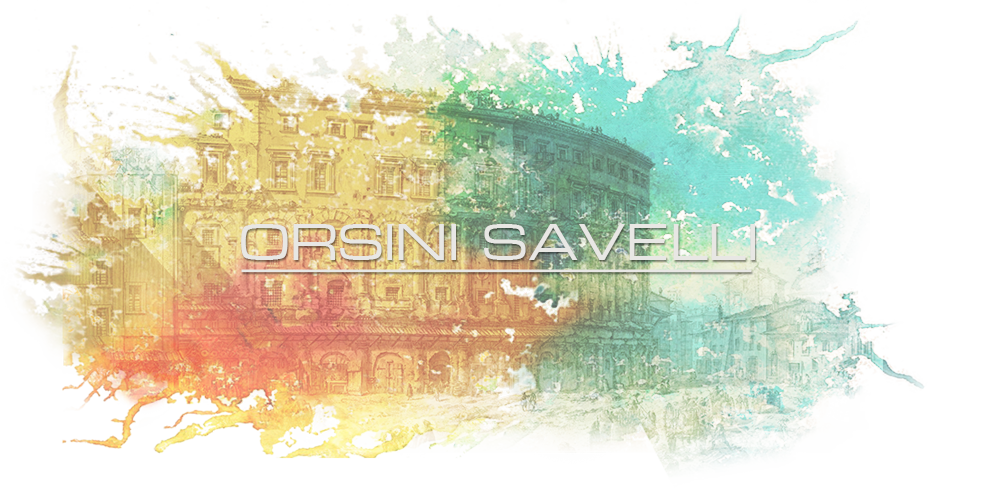The large period helped to understand who and when played the role as innovating patron for the arts and the music (and in a broader sense, for sociocultural innovation). Our interest was also to highlight the fruitful contradiction between their deep roots in traditional social schemes and the ability in grasping artistic innovation. Thus, we tried to consider from a European point of view the models for collecting arts, and the reasons for choices: that is, we asked ourselves whether in the Orsini and Savelli collections is prevailing the influence of roman pattern as imposed by the new pope’s families, that was assumed by foreigners to be a main way to success, or the family tradition, or the examples of the European courts they were in connection with. The long time must be considered to a deeper understanding of single behaviours, from feudal status to settlement at the papal court, through a patronage oriented on one side toward conservation and restoration of estates, on the other side toward acquisition of magnificent collections, support of artists and musicians, cultural exchanges with European courts. These behaviours can be explained as a strategy for retaining political and social influence by tacit fighting against newer and richer families, whose success at the papal court originated a longer tradition of study in modern historiography. Both those who founded collections and their heirs have been taken into consideration (among the Orsini the beginner were GiangiordanoOrsini and his wife Felice dellaRovere; the Savelli had a more controversial history: architectural patronage is more remarkable in the 16th century, whereas the finest collecting inclination is that of Paolo, Federico and of the cardinal Fabrizio Savelli within the first half of the 17th century). Largeunexplored documents collections, have been discovered and identified from both research units. Those “corpora” of primary sources are going to be published partly in collective and single studies at present in print, partly on line in this website. (mettere link con la voce STUDI e un’altro con il CONTENUTO SPECIALE SAVELLI) The two research unitsproceeded simultaneously with two parallel researches on the two dynasties chosen as topic. Each group has investigated archival and literary sources and scheduled internal meetings for discussion. Larger conferences and meetings have been promoted among Universities hosting the project and scholars interested in the topic throughout the three years of research and mostly in 2016. The OrsiniSavelli website is conceived as a tool running parallel to academic publications of both research units, in order to disseminate scholarly knowledge in a broader context by outliningthe more eminent members of both families and the most attractive works of art and places once property of Orsini and Savelli, by providing a selection of documents cataloguing and transcriptions, and by informing about the research progress and activity. All in all, the project aims with its achievements not only to provide primary sources for a close group of scholars, but also to activate knowledge on Italian cultural heritage and promote broader research on dynasties that had decisive positions in Renaissance and Modern Europe.

















